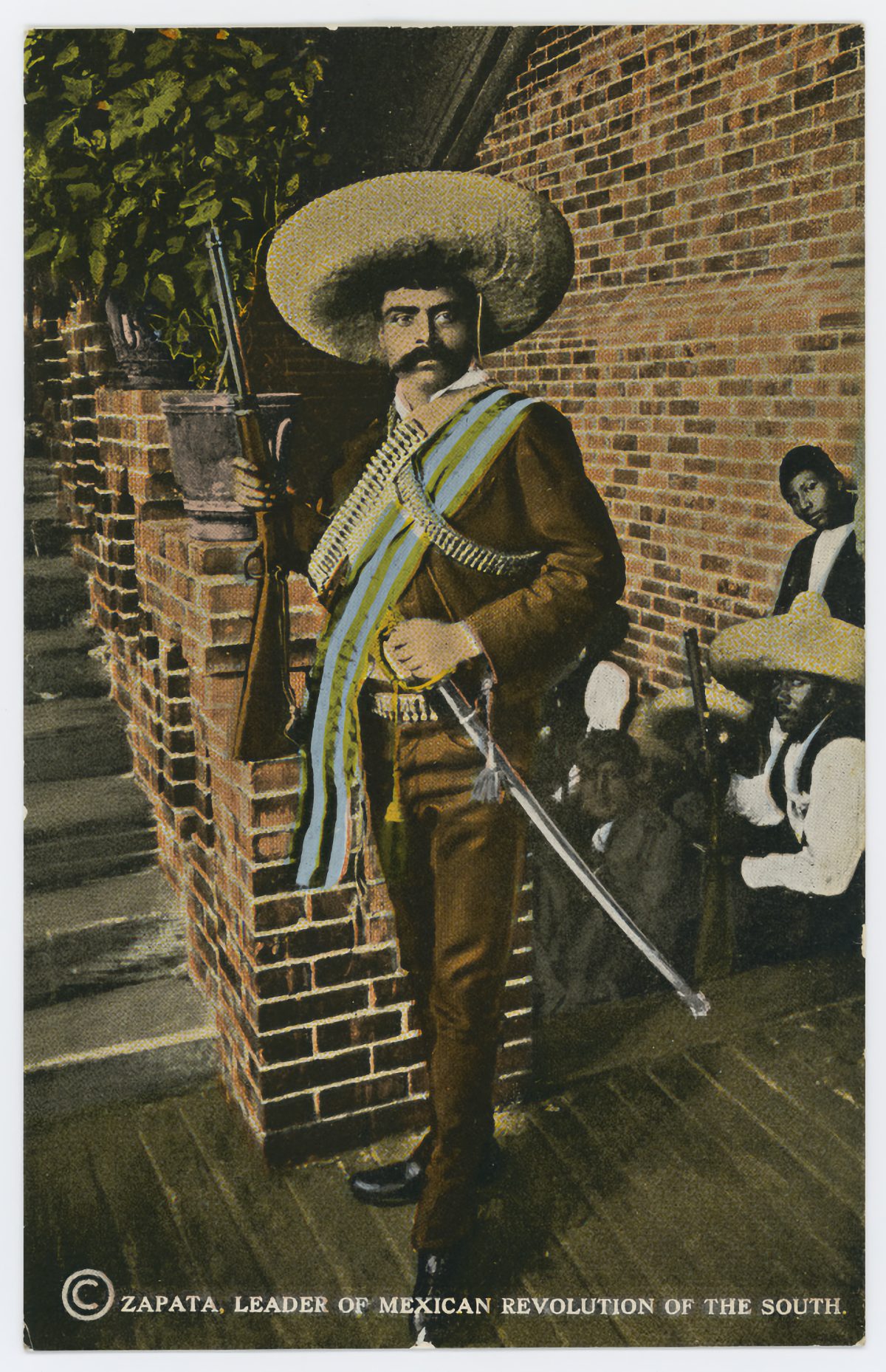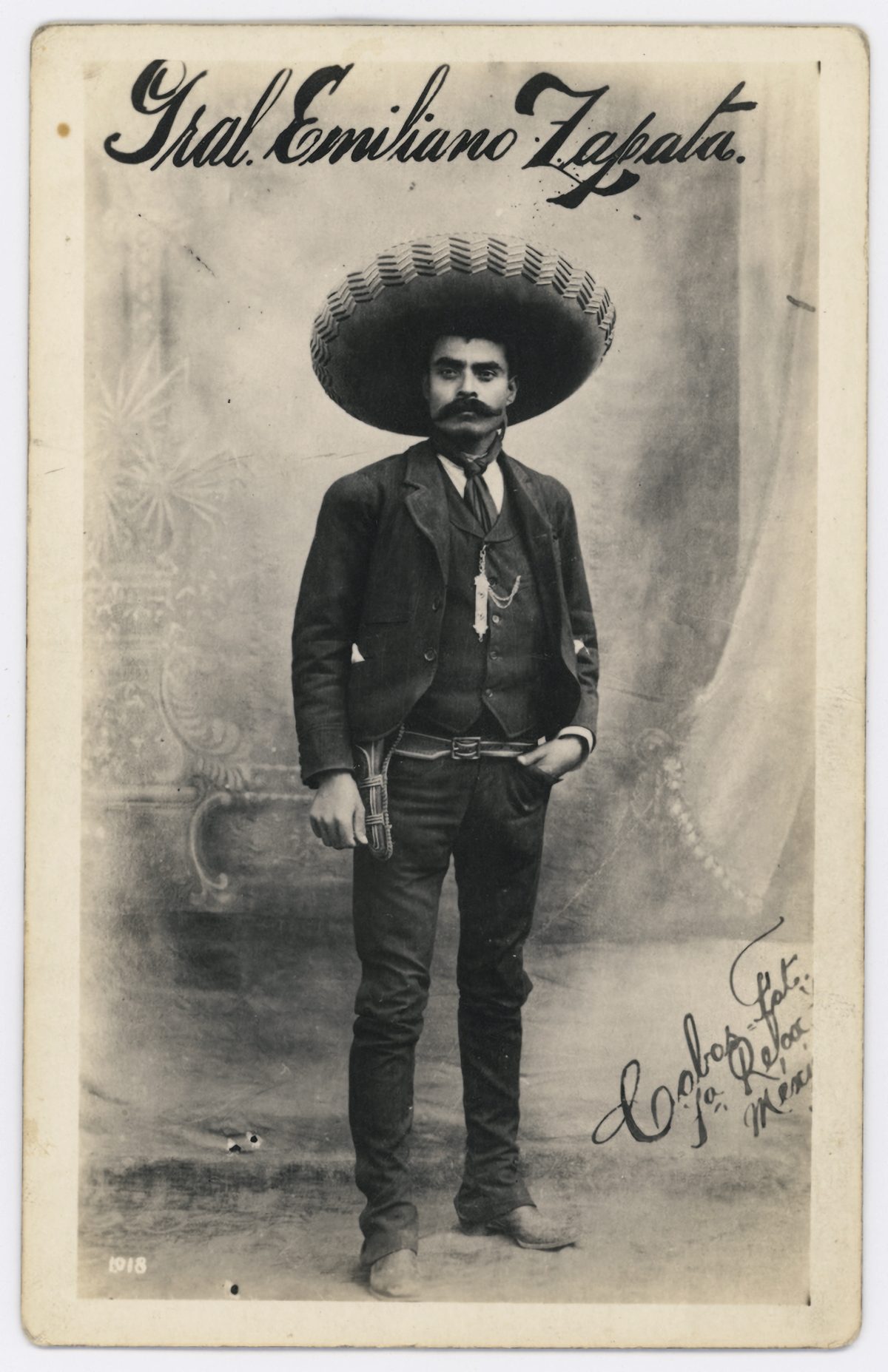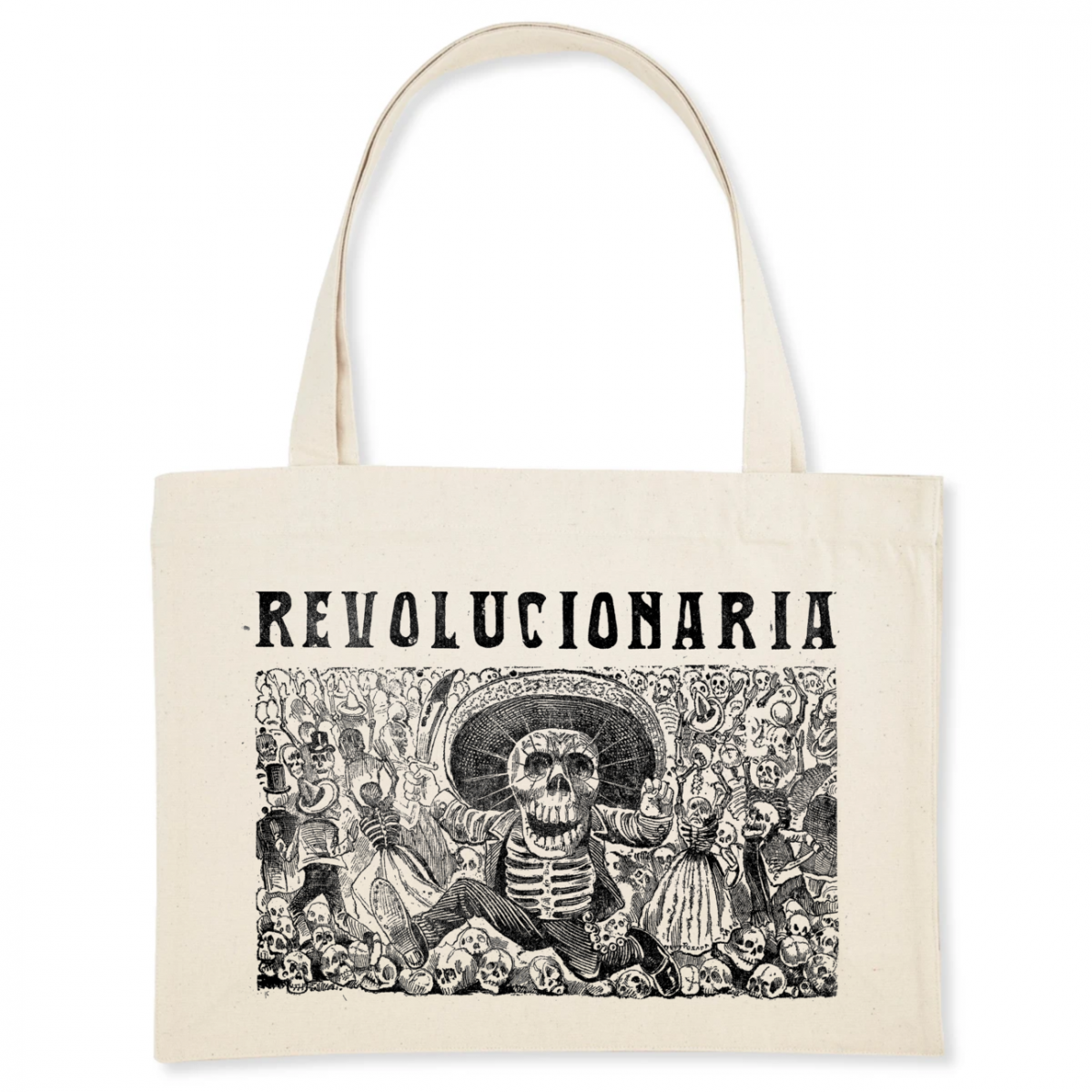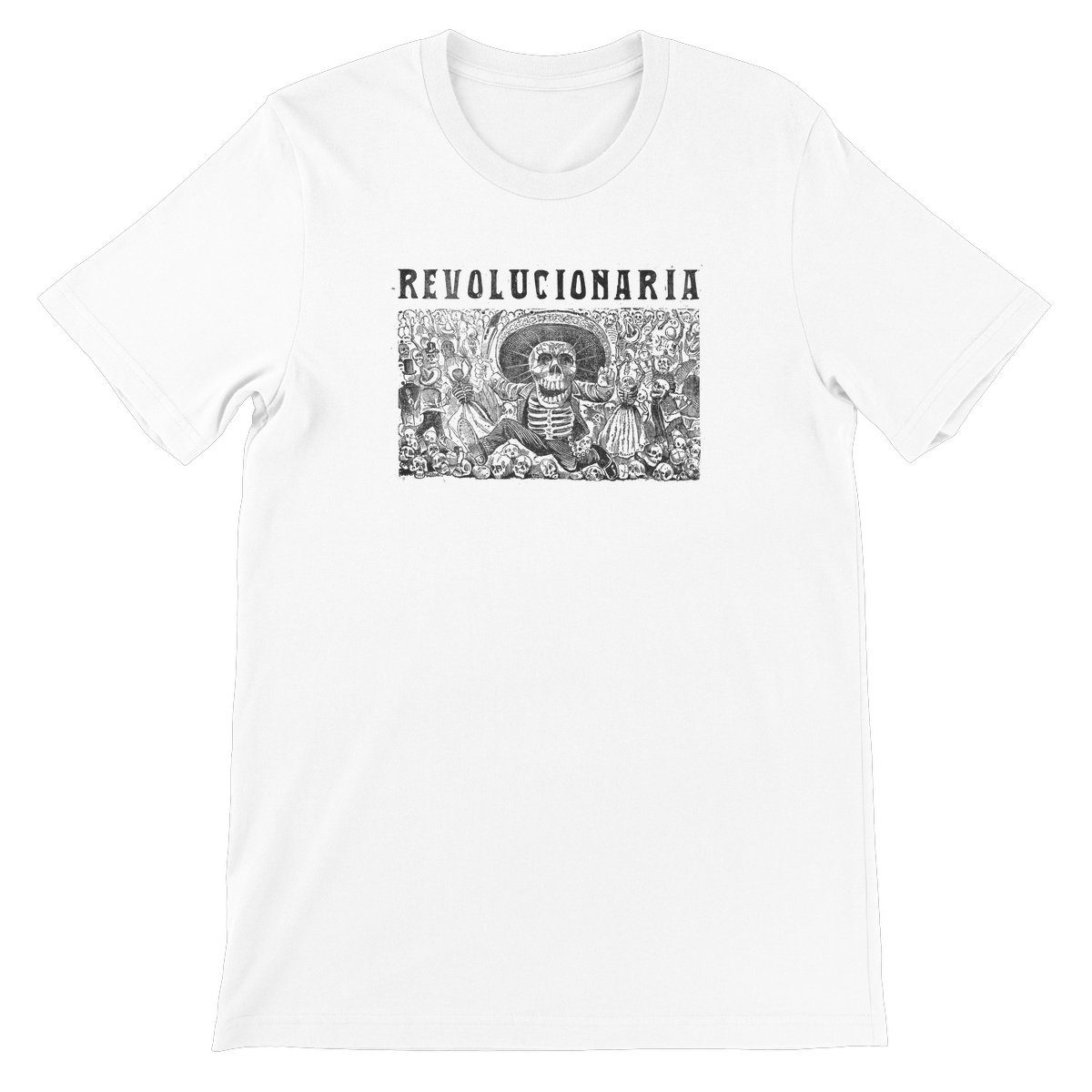
The life of Mexican Revolutionary Emiliano “El Tigre” Zapata was the stuff that legends are made of. The infamous moustachioed Mexican Revolutionary was born and raised in a tiny village in the small, land-locked south-central Mexican state of Morelos. A year after he was orphaned at the age of 17 he was arrested in 1897 after taking part in a protest by the peasants in his village against the local Hacienda that had appropriated their lands. He was pardoned but deemed a troublemaker and was subsequently drafted into the Mexican army. After serving for only six months, Zapata was discharged to a landowner to train his horses in Mexico City.
In 1909 Zapata’s leadership skills were already well known and he was asked to return to the village of his birth, Anenecuilco. Where he was elected president of the board of defence but after ineffectual negotiations with the landowners, Zapata and a group of peasants occupied by force the land that had been appropriated and distributed it among themselves. This uprising – one part or thread of the larger Mexican Revolution – that rose up against the regime of long-time president Porfirio Díaz who for many had been president for most or all of their lives.
By then Diaz, a former army officer who rather typically for Mexico had initially taken power after a coup, had been in power off and on for almost 3o years. He had, rather untypically, established a relatively stable political system, albeit one which bypassed the representative Constitution of 1857. This enabled a few important families to corner economic and political power in the provinces fuelled and lubricated by new money pumped into the Mexican economy by rising foreign trade and investment. Cities got paved streets, electric lighting and railways reached across the country.
Despite other Latin American countries admiring and envious of Diaz’s economic reforms it had been the rural poor that carried the burden of this modernisation. Cities were prospering but the Haciendas expanded to meet world and Mexican demand for sugar, cotton, coffee and tropical fruits taking over the lands of villages and smallholders turning once relatively independent peasants into landless labourers. In some parts of Mexico a form of virtual slavery developed; and, in years of poor harvests, like 1908-09, the rural poor faced real destitution. Proud, often ancient communities faced increased control, regimentation and taxation. In Morelos, Zapata’s home state, entire villages were smothered under a blanket of sugar-cane.
In the end it was not long before Díaz fell. But Zapata then discovered that other national leaders – Francisco Madero, Victoriano Huerta, and Venustiano Carranza were not much better, and so he fought them too. He fought for nearly a decade until, in 1919, he was gunned down in an ambush at the hacienda Chinameca.
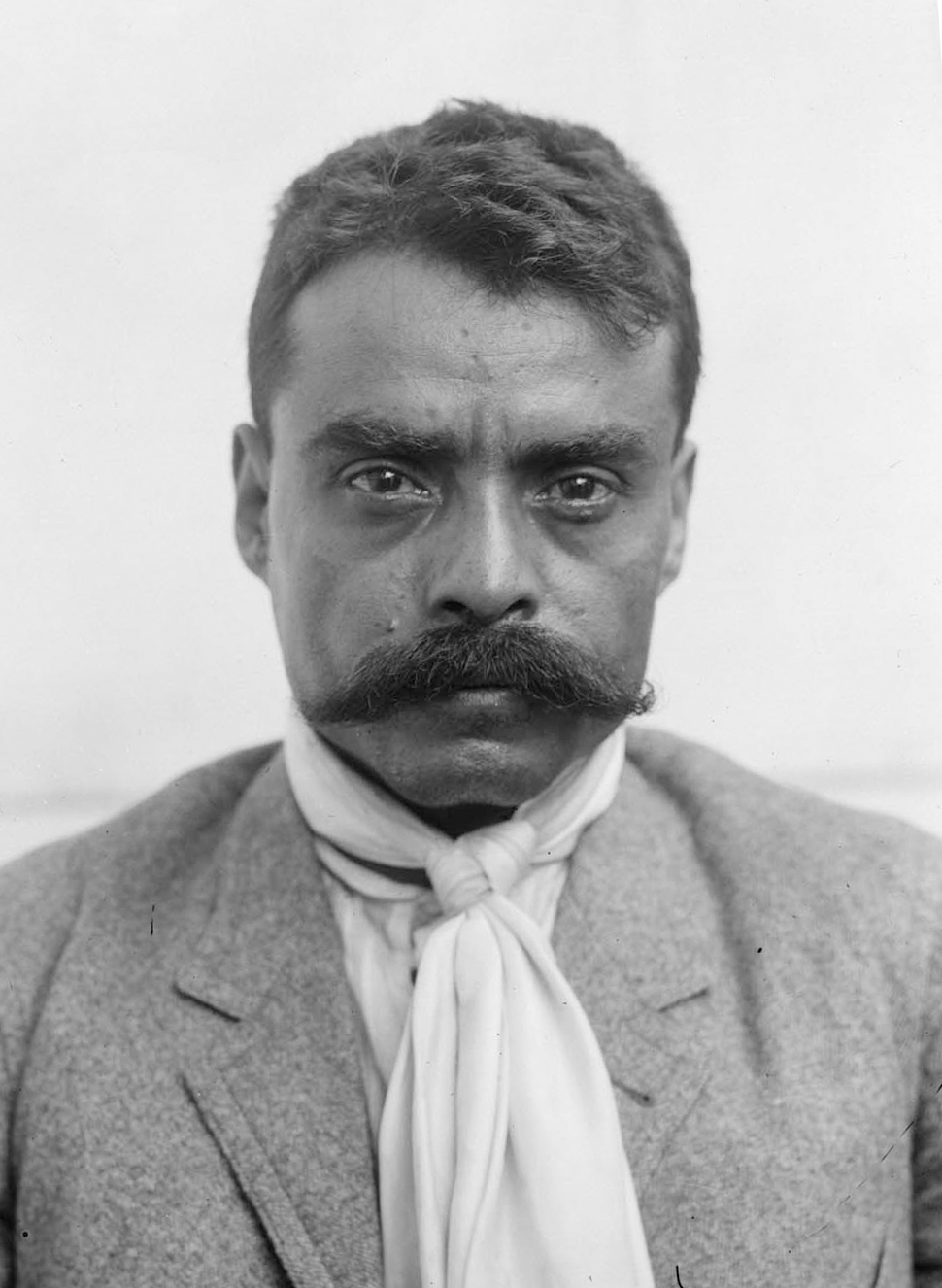
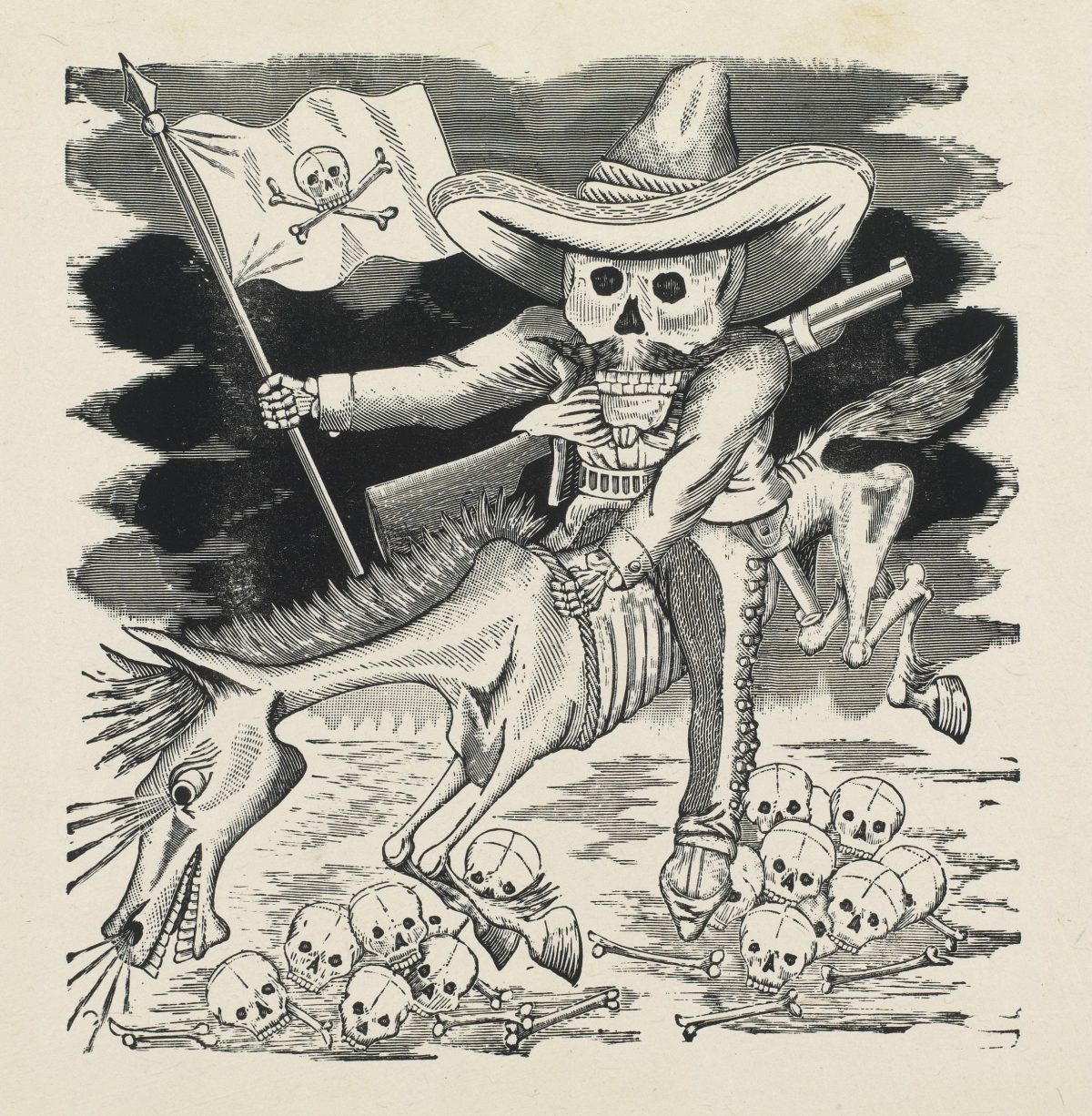
La Gran Calavera de Emiliano Zapata – José Guadalupe Posada – c. 1911-1916 – print available at the Flashbakshop
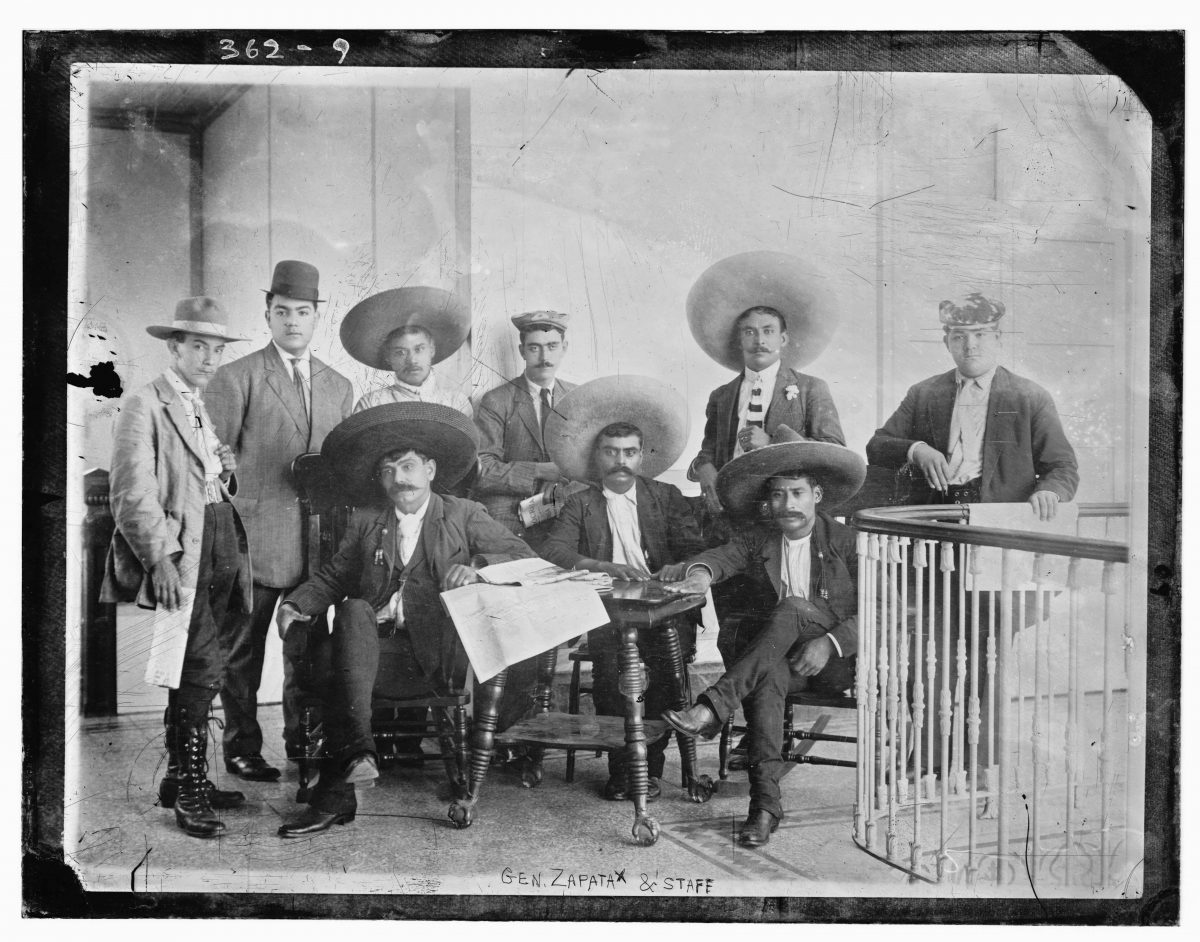
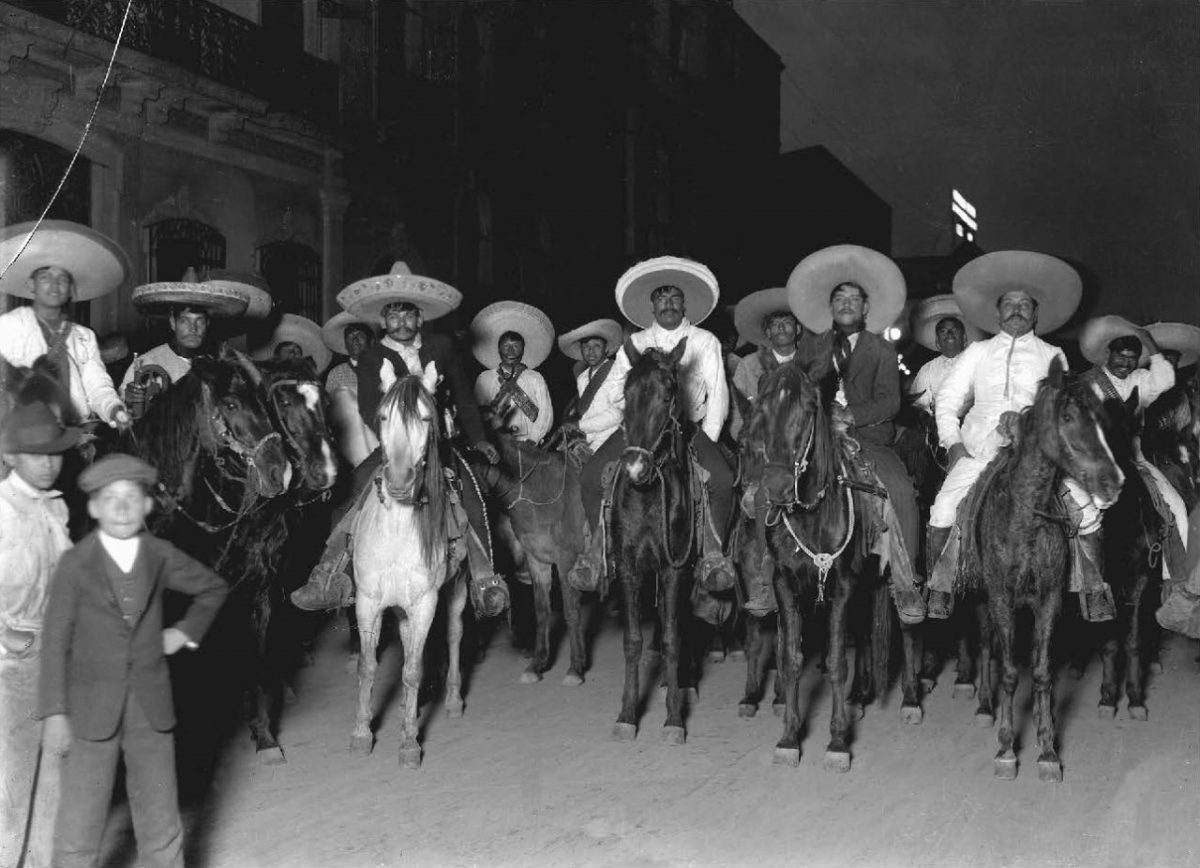
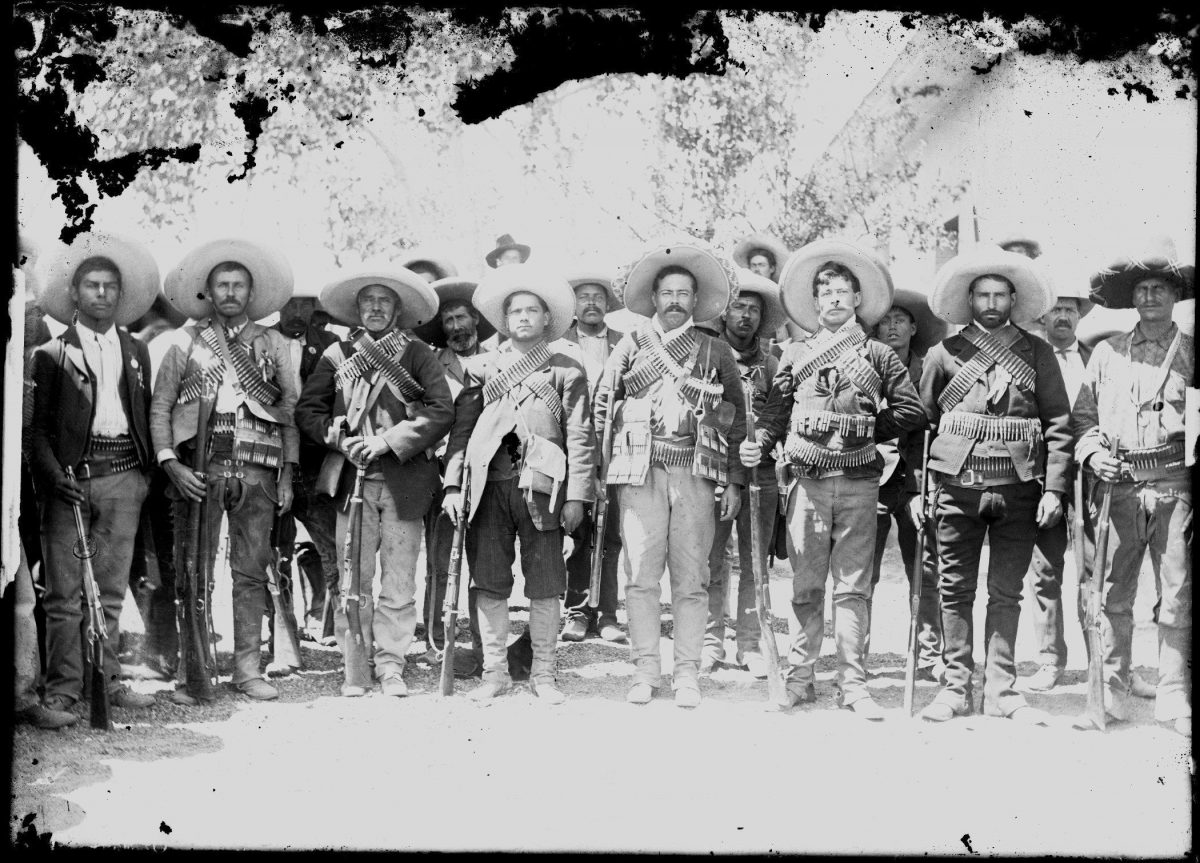
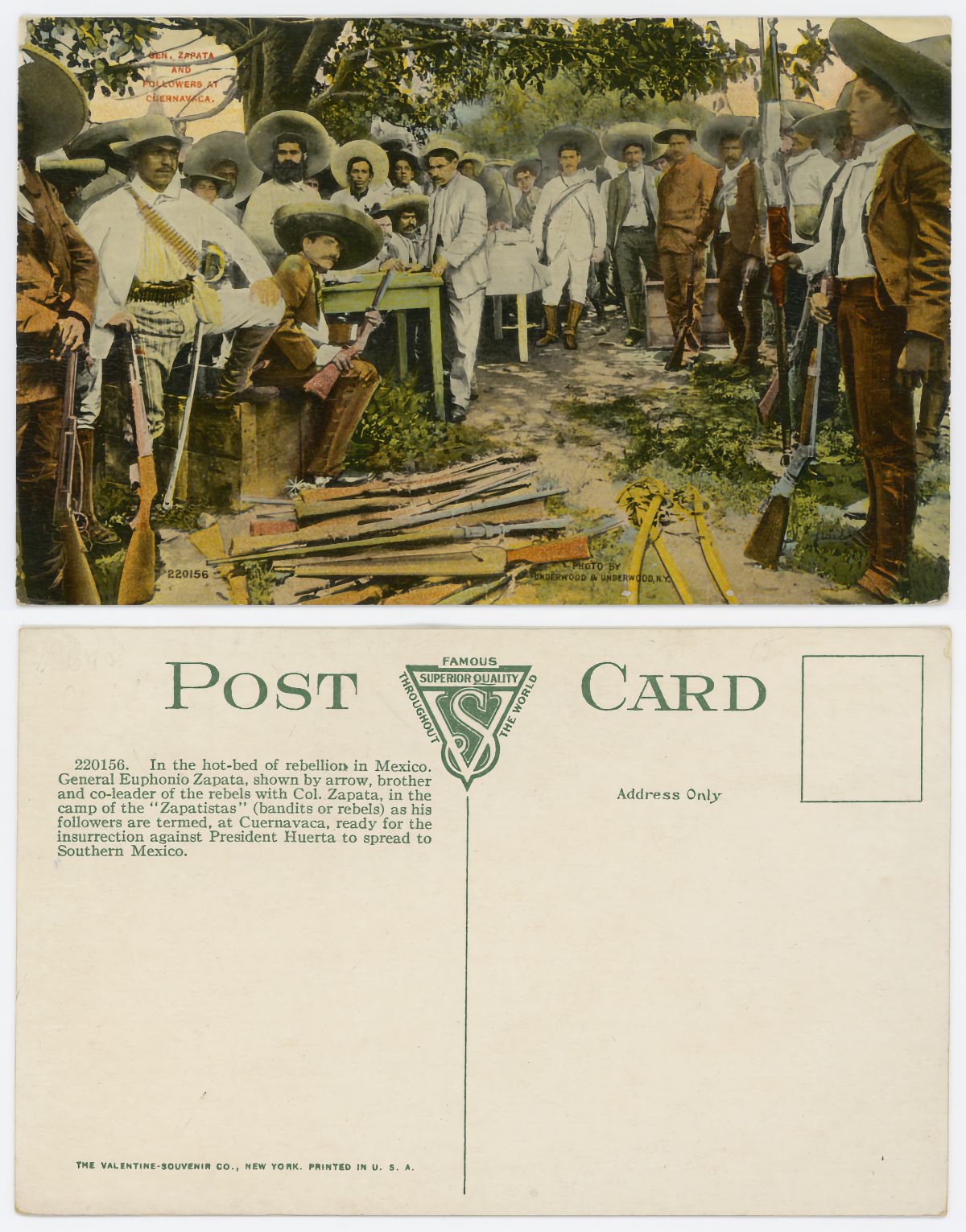
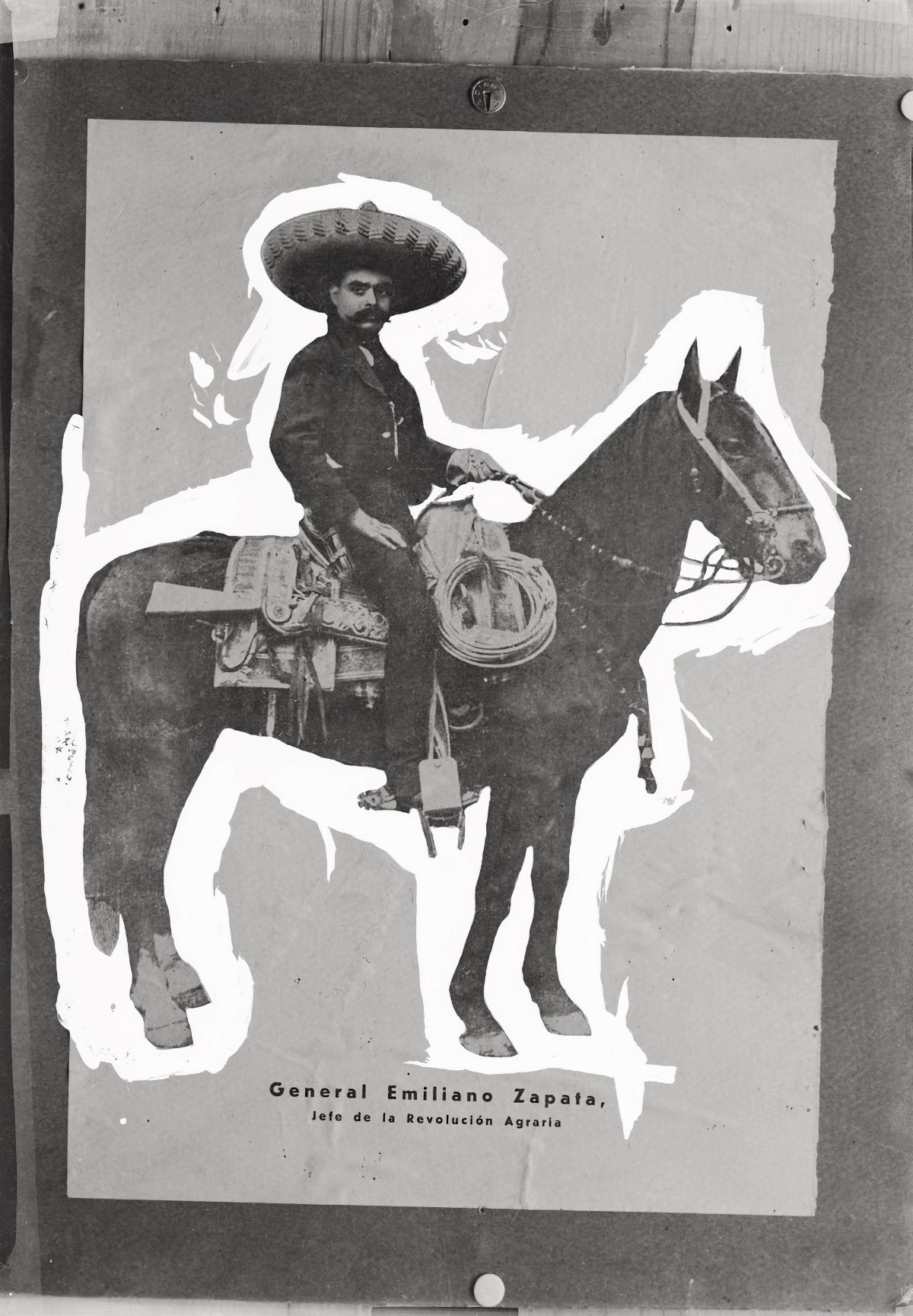
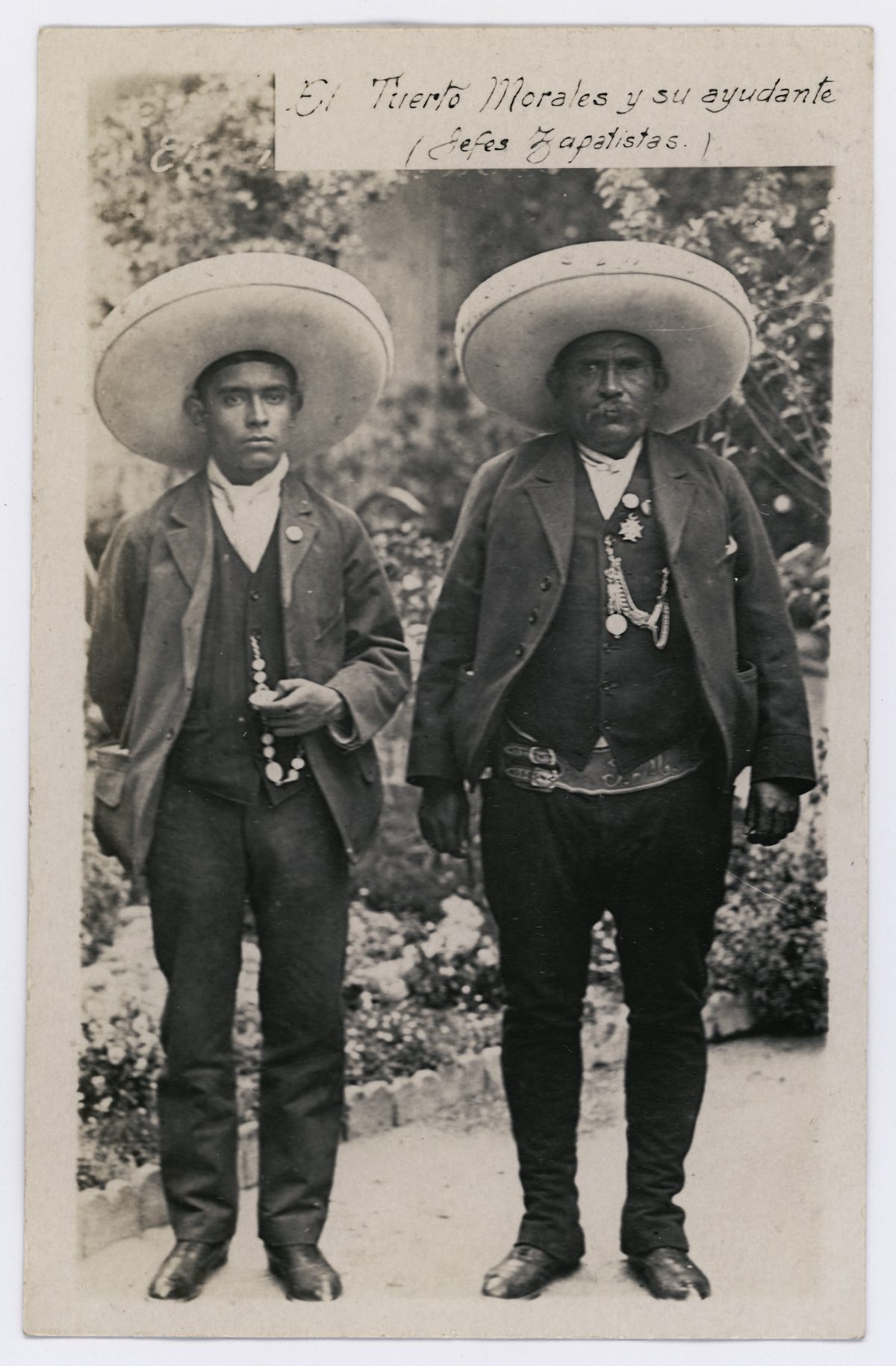
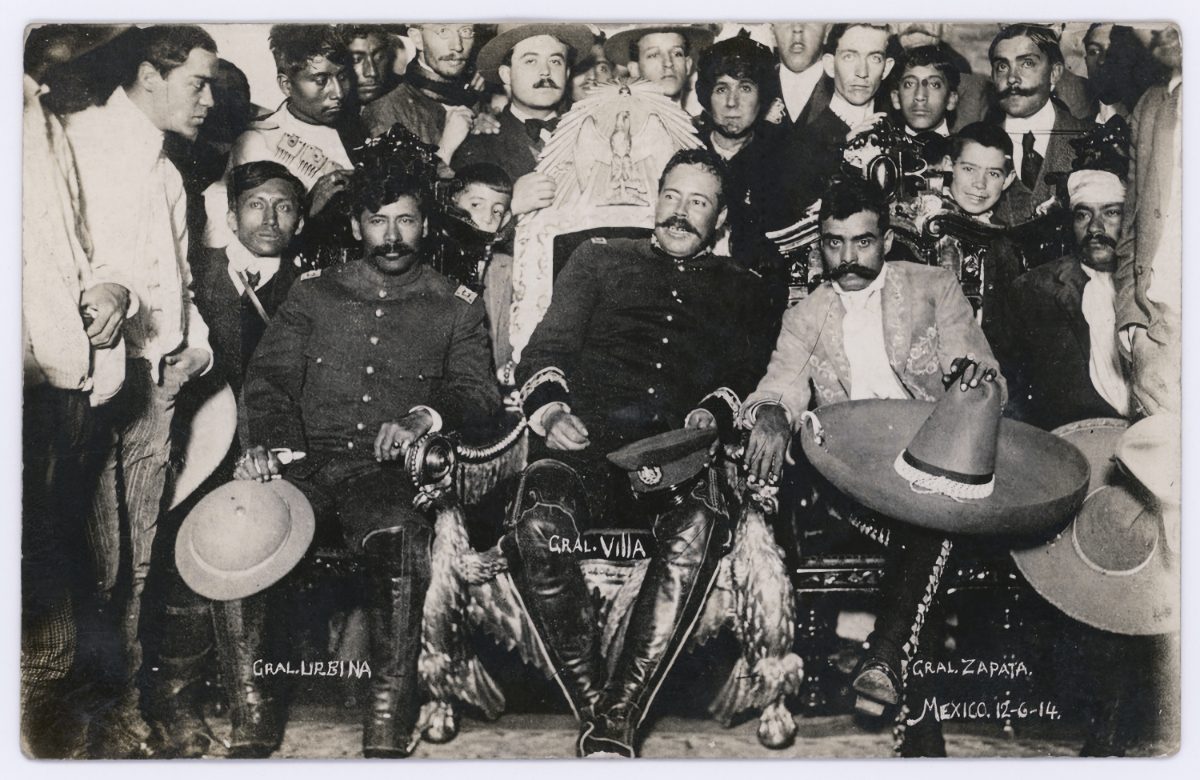
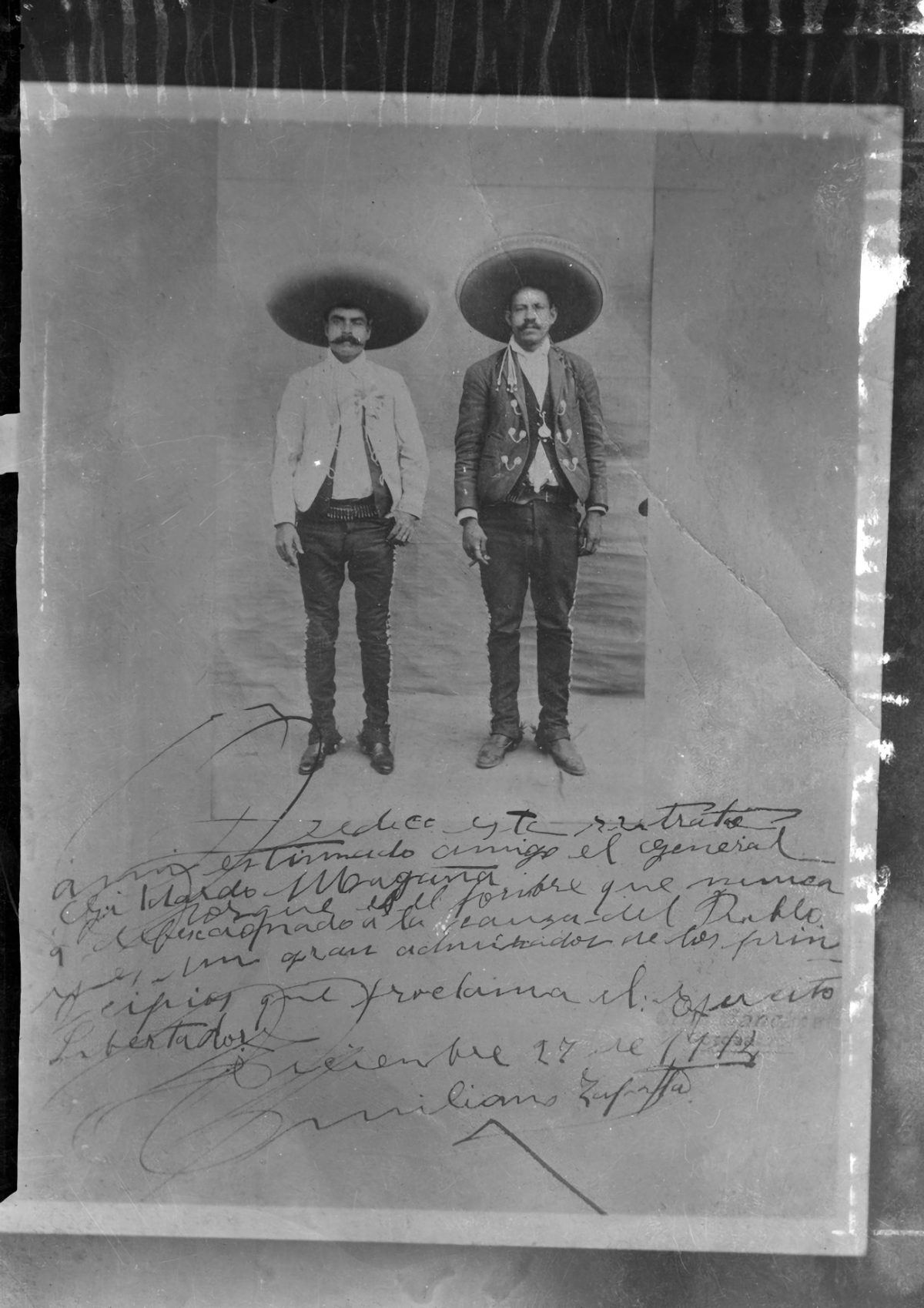
Many of the images courtesy of DeGolyer Library, Southern Methodist University.
Would you like to support Flashbak?
Please consider making a donation to our site. We don't want to rely on ads to bring you the best of visual culture. You can also support us by signing up to our Mailing List. And you can also follow us on Facebook, Instagram and Twitter. For great art and culture delivered to your door, visit our shop.


